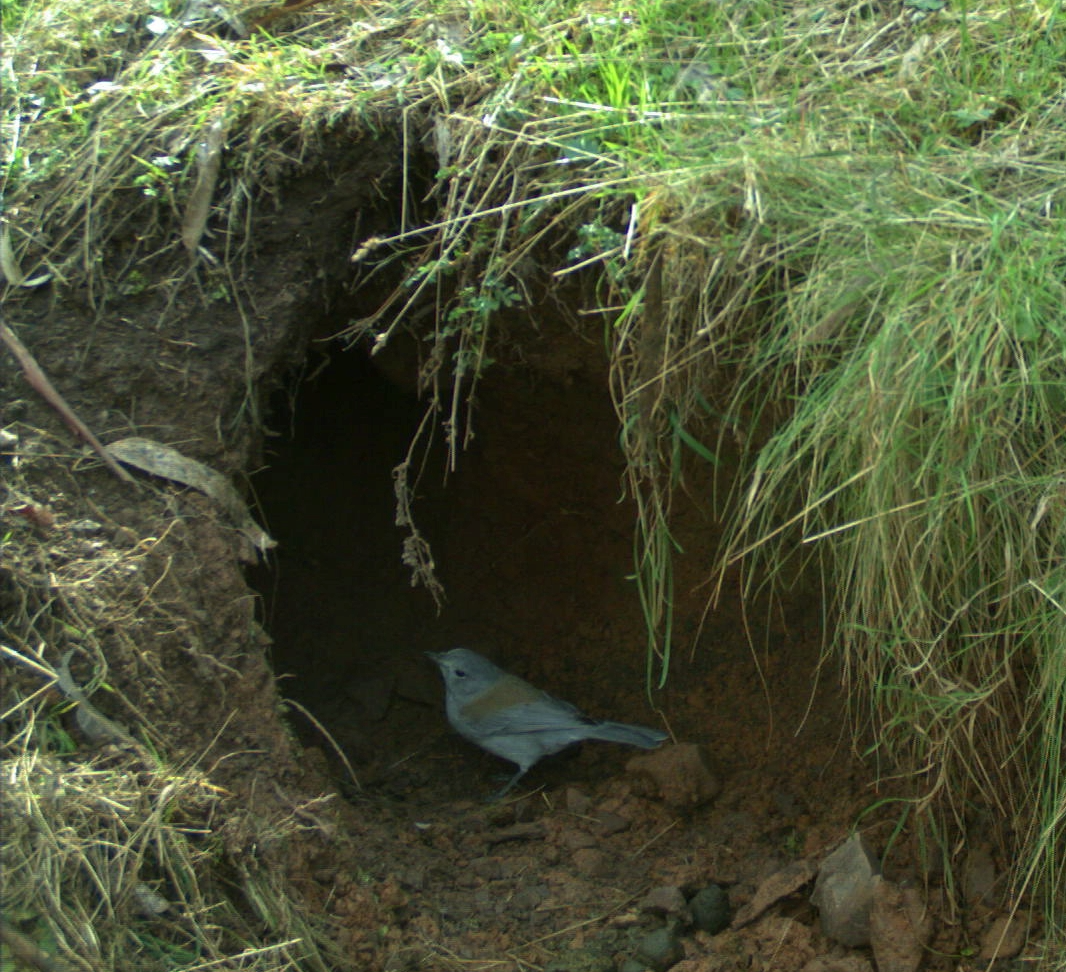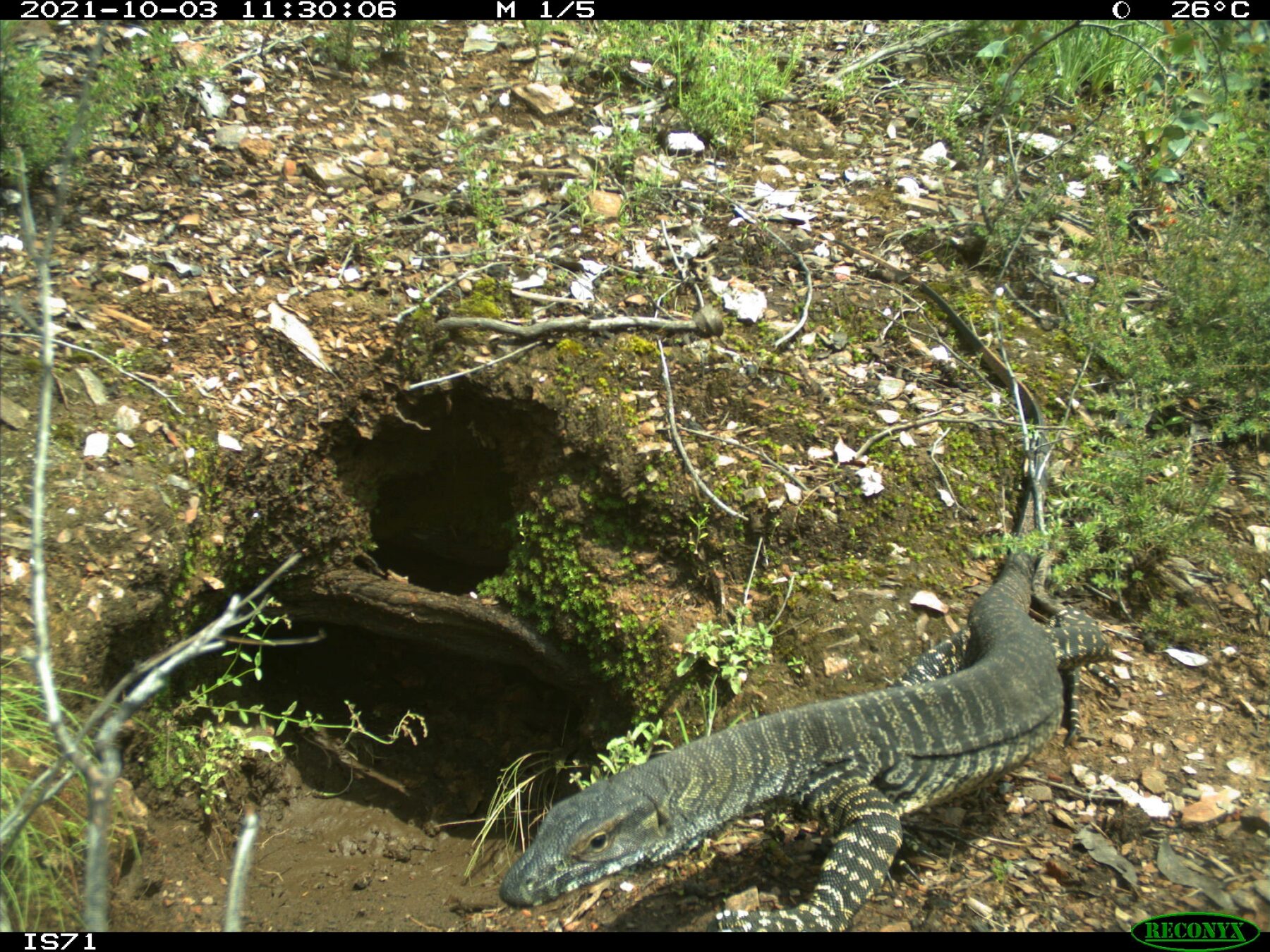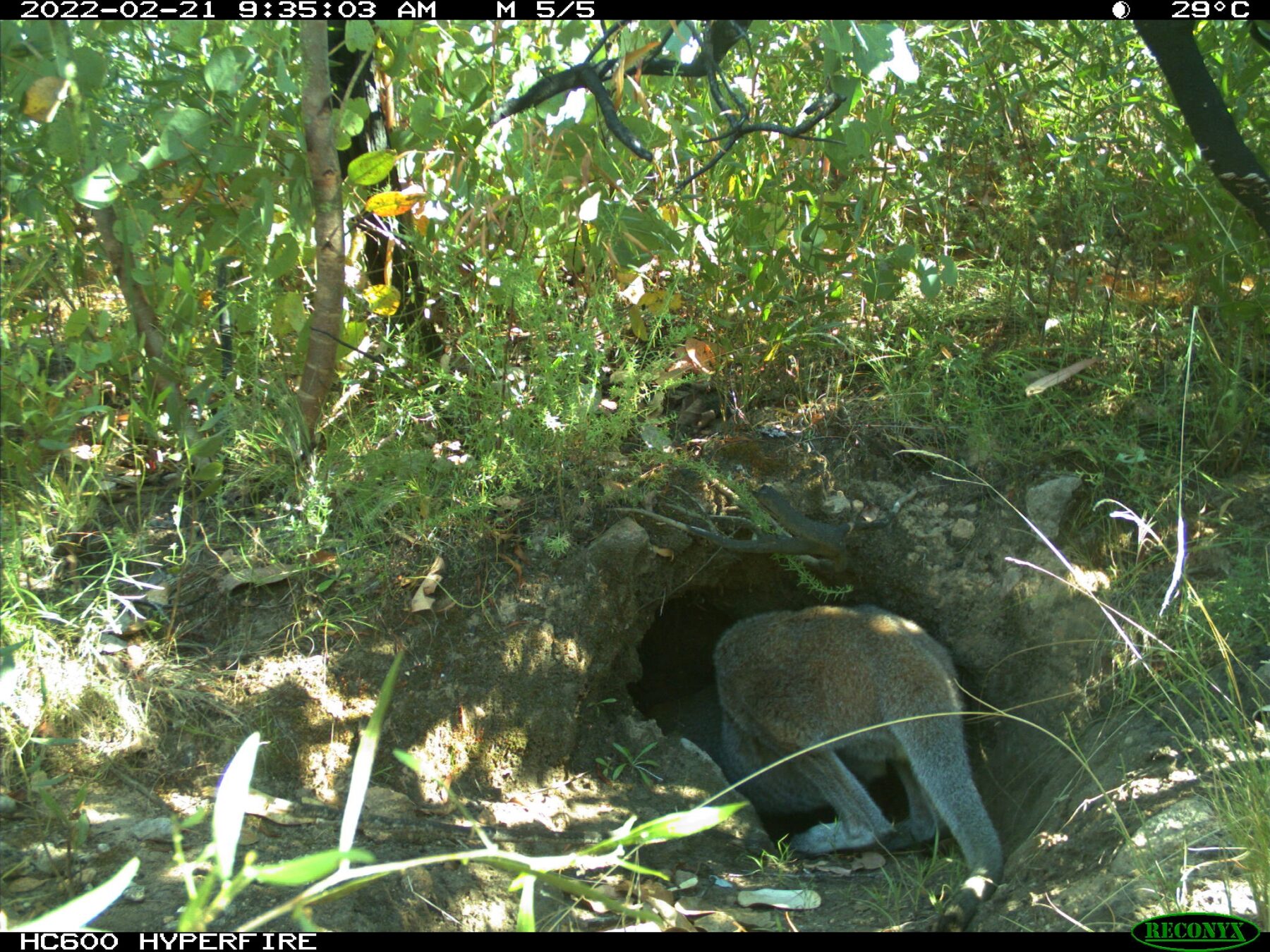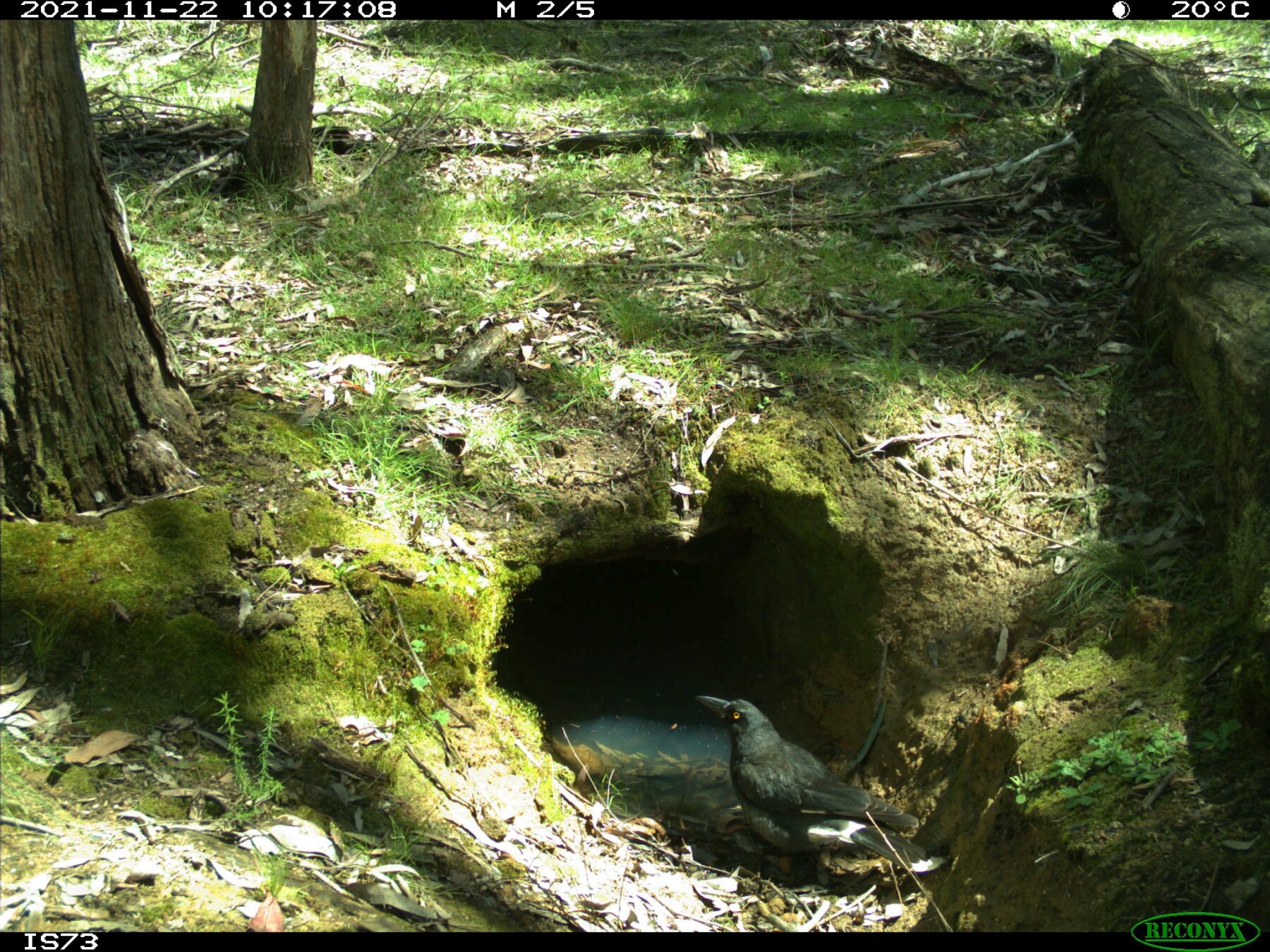Wombat burrows provide refuge from fires

Amid the devastation of the 2019–20 Black Summer bushfires, a story started doing the social media rounds claiming wombats were selflessly ushering fellow native wildlife into the safety of their burrows.
Surrounded by catastrophic loss, it’s no surprise people shared the ‘good news story’ far and wide. Even Greenpeace New Zealand shared a (now-deleted) post at the time, stating: “Reports from Australia say that countless small animals have escaped death because wombats, unusually, opted to share their massive complex burrows.” Some reports stated that the animals have even been observed exhibiting “shepherding behaviour”.”
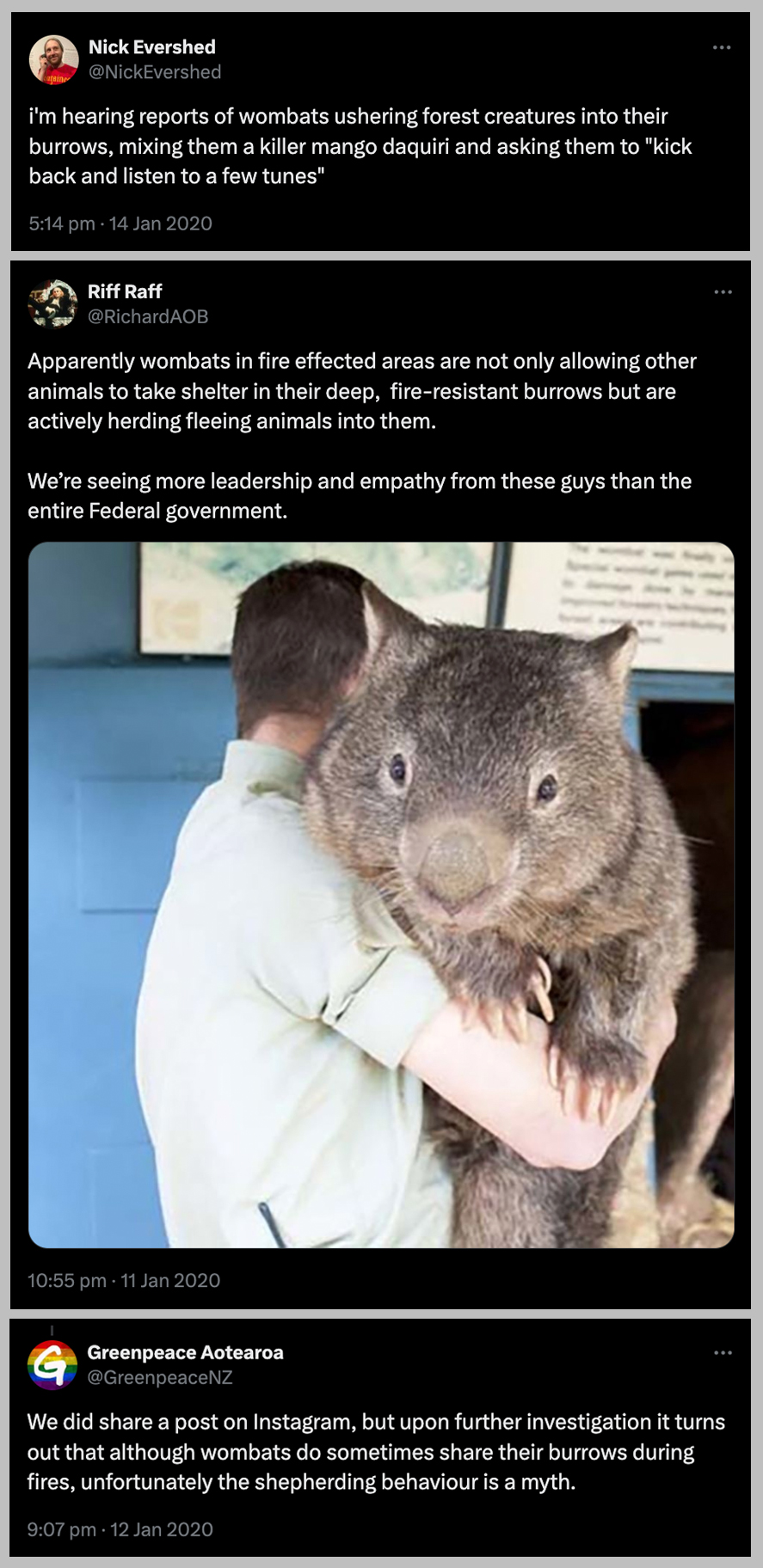
Others quipped on Twitter (now X) : “I’m hearing reports of wombats ushering forest creatures into their burrows, mixing them a killer mango daiquiri and asking them to ‘kick back and listen to a few tunes’”, and, “We’re seeing more leadership and empathy from these guys than the entire federal government”.
But if the idea of altruistic wombats sounds too good to be true, that’s because it was. The story was soon debunked.
Accidental heroes
While wombats do not actively herd other animals into their fireproof homes, the burrows do provide refuge – and a food and water source – even if it’s not the wombat’s intention.
How do we know this? It’s been captured on camera.
Between 29 December 2019 and 18 February 2020, more than 18,000ha of bush burned in Woomargama National Park and Woomargama State Forest in southern New South Wales.
Following the fires, scientists set up sensor cameras to monitor the recovery of wildlife in the area, focusing on the role of wombat burrows.
In a collaborative project between Charles Sturt University’s Gulbali Institute and WWF-Australia, the team placed camera traps in front of 28 burrows of bare-nosed wombats (Vombatus ursinus), also known as common wombats. The locations were chosen to include areas of varying degrees of fire damage. Cameras were also placed at 28 nearby control locations – with the same levels of fire damage, but without burrows.
Food and water
The analysis of these camera recordings, published in the May 2024 issue of Journal of Mammalogy, reveals “wombat burrows play a valuable and underappreciated role in Australia’s fire-prone forests”.
“The burrow sites had higher native mammal species richness,” says the study’s lead author Grant Linley, an ecologist and PhD Candidate at Charles Sturt University. “Wombats alter the soil, topography and vegetation around their burrows. They turn over tonnes of soil [while] constructing a burrow and their scats increase nitrogen levels, which boosts herb cover.”


Grant and the team think these ground changes increase foraging opportunities for small insectivore and omnivore species, such as the bush rats, agile antechinus, grey shrike-thrush and painted button-quails captured on camera.
“More small vertebrates hanging around wombat burrows could then be drawing in larger native predators, such as lace monitors, so the impact of burrows may be cascading through the system,” Grant says.
Between June 2021 and April 2022, the cameras recorded more than 15,000 individual animals. Of the 56 species identified, 47 were native and nine introduced.
The cameras recorded 30 species inspecting a burrow, 11 foraging at a burrow and 10 entering or leaving a burrow.
During this time 19 burrows also filled with water at least once. Four species were recorded drinking from one of these flooded burrows, and one was seen bathing in another.
This suggests that in dry periods, wombat burrows could be providing a critical service, serving up an important water source.
Examples of animal species and behaviours observed at the wombat burrows.
Image credits: Grant Linley
Shelter
Then there’s the well-publicised service wombat burrows provide – shelter. The study found small animals not only seek refuge in burrows to escape an active fire, but also after a fire to avoid predators.
“Many resources critical for species survival, such as logs, were destroyed by severe fires,” says co-author Dale Nimmo, a Professor in Ecology at Charles Sturt University.
“We found associations between species and burrows were often strengthened in fire-impacted habitat. For example, agile antechinus, bush rats and painted button-quails – all smaller-sized animals – were most active at burrows subject to high-severity fire,” says Dale.

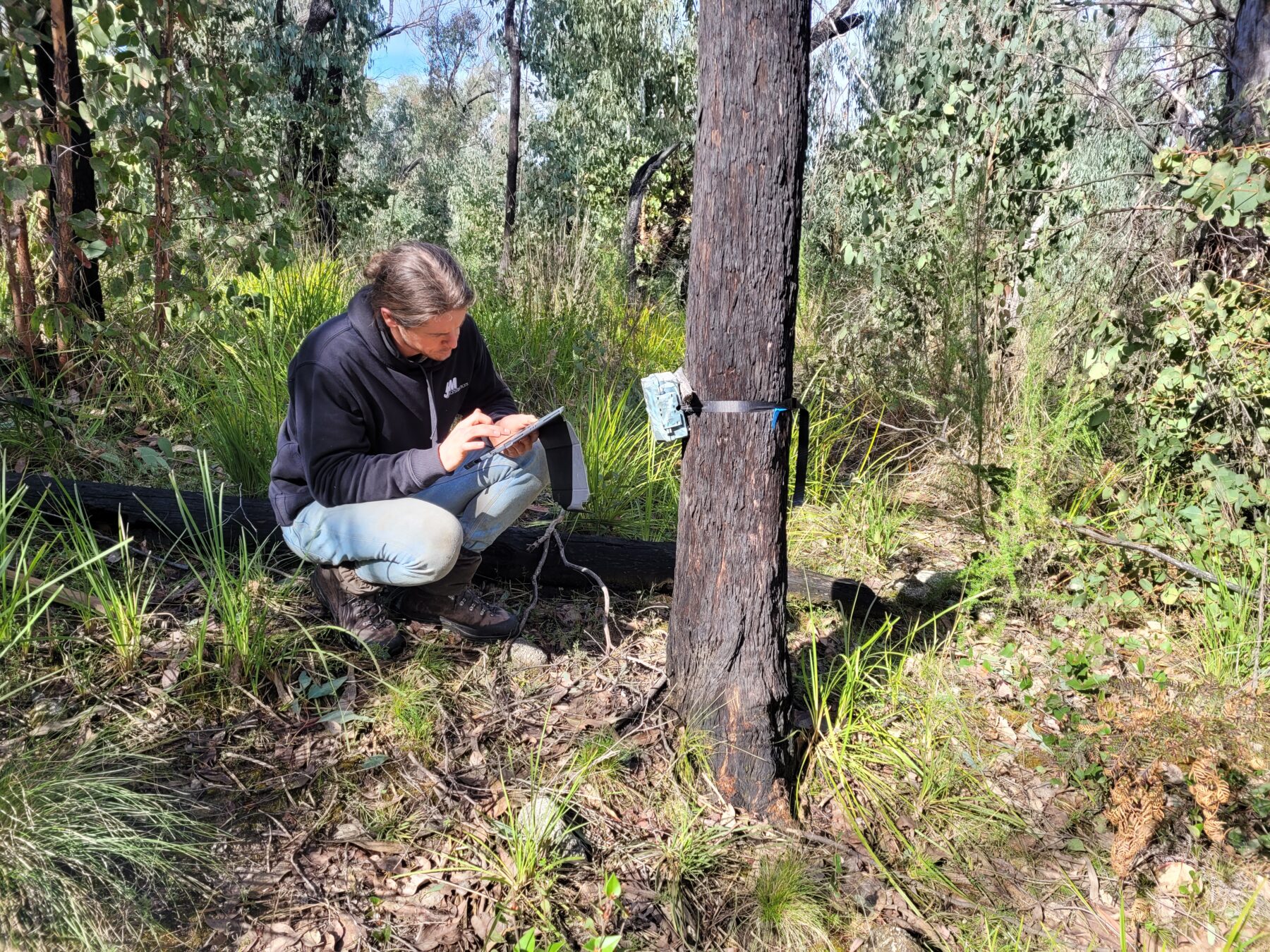
The study found smaller species benefit most, with larger species less active around the burrows because they are unable to take full advantage of the shelter and foraging potentials due to the size of the burrow openings.
Regardless, Dale says the study has certainly proven “wombat burrows are potentially aiding in the survival, persistence and recovery of animal populations following severe wildfire events”.

